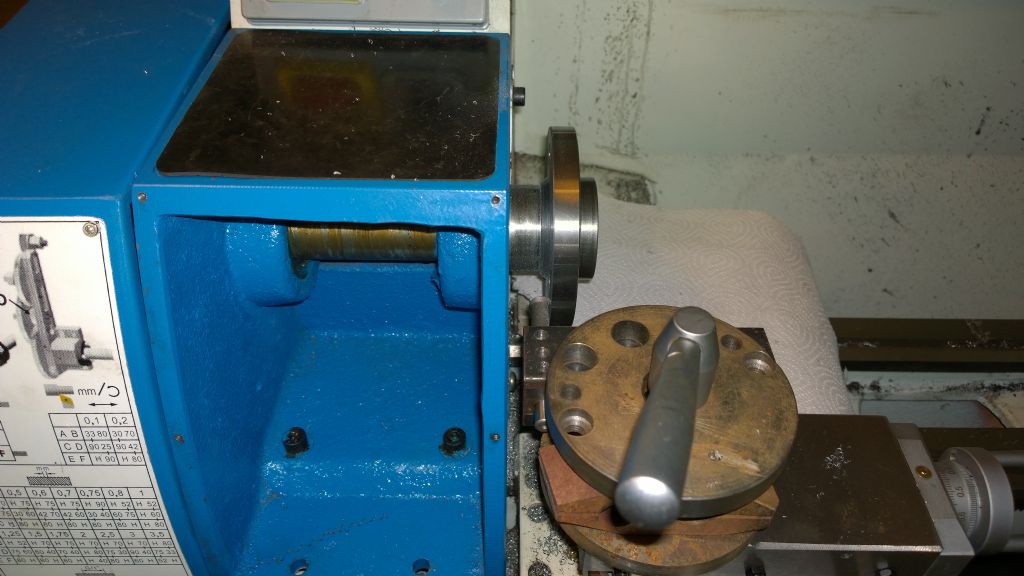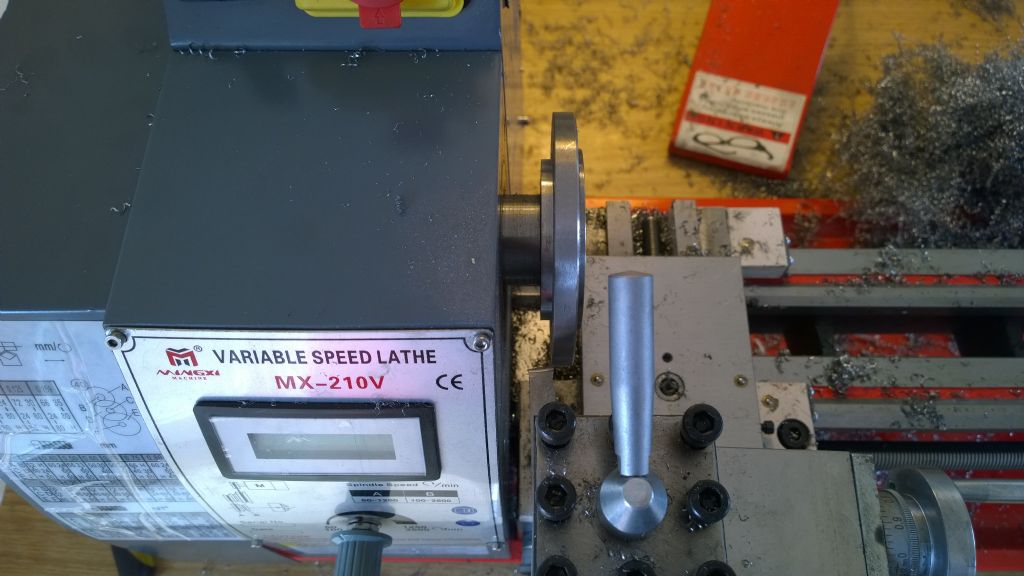It depends where the 6mm backlash is. At the periphery of the saddle (longitudinal) handwheel dial, the backlash on my 4 1/2-year-old WM250V measures nearly 7mm, but this equates to just less than 1mm of actual saddle motion. It's never been a problem for me. If I'm after a short precision length turning, I'll touch the tool to the work, lock the saddle and use the compound, which is very accurate. If it's milling in the vertical slide, I'll touch the tool to the work, zero the saddle handwheel and hope I can be accurate to a tenth or so of a division, ie. one or two thou. Usually I get near enough.
The paper method works well for quieting the geartrain – work back from the leadscrew pinion to the spindle. The pinion bushes are tight at first and ease with use. Squirt of oil helps, and they do run much easier and quieter with time – mine's now quite a comfortable chatty hum.
I think my gear knobs were awkward too when new. IIRC I used to turn the chuck by hand to help engage. Now I don't bother, and change them whilst running even though it says not to do that at high speed. Maybe I don't use high enough speeds to get into trouble – I rarely exceed 1000 rpm. The 'B' setting for the coarsest feed needs a bit of care in selection.
Chuck changing is indeed a pain, and I do it as little as possible. Maybe I was lucky, but my 3-jaw is truer as it came than any I ever found in industry when I was doing it for a living, and a set of soft jaws for thin work was a very worthwhile buy.
Edited By Mick B1 on 13/11/2019 13:20:00
Niels Abildgaard.






